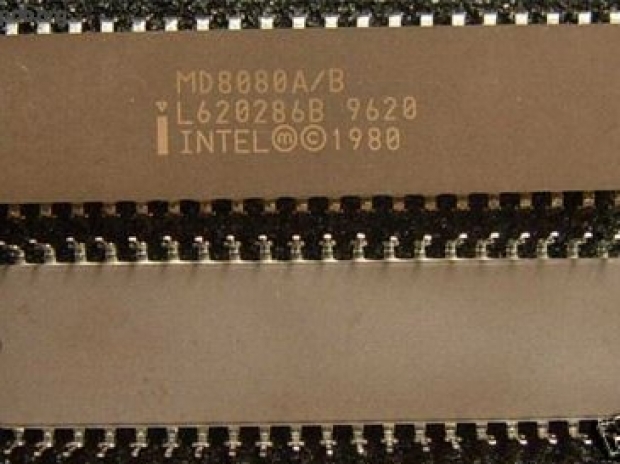While the 2021 forecast of $73.5 billion in adjusted sales was higher than Wall Street expectations, appeared driven by a strong second quarter ended June 26 and a modestly better-than-expected third quarter, implying a weak fourth quarter.
Intel shares fell 2.8 per cent in after-hours trading after the results.
Intel has been able to weather the supply chain woes better than some rivals and is working to increase its "foundry" business.
Intel Chief Executive Officer Pat [kicking] Gelsinger declined to comment on a recent report that Intel is looking to buy GlobalFoundries for $30 billion to bolster its foundry efforts but told Reuters that he expects industry consolidation to continue and that "M&A will remain a part of our strategy" for building the company's foundry business.
Intel raised its previous annual forecast $1 billion from its earlier $72.5 billion and beat expectations of $72.80 billion, according to Refinitiv IBES data. Intel expects adjusted third-quarter revenue of about $18.2 billion, only modestly above estimates of $18.09 billion, according to Refinitiv data.
Gelsinger said Intel could sell more chips if it could make more chips. Even though the company runs its own factories, it still faces supply constraints from its own suppliers of materials and equipment.
"We are helping them build factories as fast as they can. But it will be one of those things that just takes a couple of years to fully catch up to this explosive demand we’re seeing, and we have better tools to address it than others."
For the just-ended second quarter, Intel reported $18.5 billion in adjusted sales, well above analyst estimates of $17.80 billion, according to Refinitiv data.
Gelsinger told investors on a conference call that he expects the PC market to keep growing into 2022, contradicting the predictions of some analysts.
Revenue from the company's higher-margin data center business fell nine per cent to $6.5 billion in the second quarter, while its personal computing business revenue rose six per cent.




